Lawrence Edwards
![Lawrence Edwards [Click] Lawrence Edwards](images/Lawrence_Edwards.jpg)
His Papers
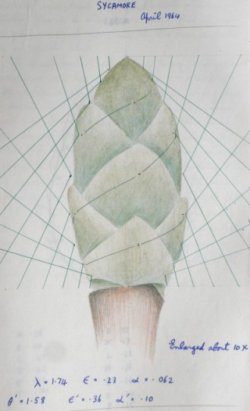
For Windows only —
Graham Calderwood
My mugshot
This site is accumulating details of research
on buds and planets.
December 2016: Please
note that
Cinderella Java Applets have been discontinued.
Some on
this site have been replaced,
by javascript “CindyJS” constructs.
Real Buds and Planets
Nested Path Hierarchies
(1) Drip Shape (2) Walnut Husks
(3) Vortex Shape (4) Splash Shape
Development of a 2-D Path Curve
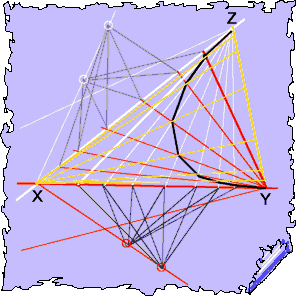
animation
![]()
![]()
![]()
Lawrence Edwards' observations spanned decades, and he gave account of them in his book, The Vortex of Life, pub. Floris Books
 Results
of research conducted after this book was originally published are
contained in seven volumes of the Supplement and Sequel to the
Vortex of Life. These volumes are no longer in print , but they may
be downloaded, in PDF form, here.
Results
of research conducted after this book was originally published are
contained in seven volumes of the Supplement and Sequel to the
Vortex of Life. These volumes are no longer in print , but they may
be downloaded, in PDF form, here.
The Proceedings of the Vortex of Life Conference can
be found at
http://vortexoflife.org.uk
It was one of Lawrence Edwards' many discoveries that path curves very accurately describe the form of the buds of a comprehensive range of species.
Try it for yourself on some real buds.
and that the rhythms are those of the alignments of the Moon with Bodies of the Solar System.
He found that a specific tree or flower changes the form of its buds in the rhythm of the Lunar alignment with a specific body. The Oak, for example, appears to change with Mars, the Beech with Saturn and the Birch with Venus.
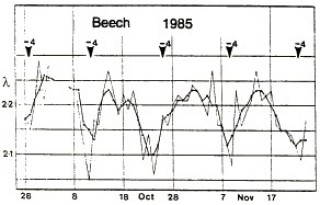
One of his λ* charts is reproduced above (for a Beech bud near his home in Strontian, Scotland) that clearly shows the form of a real bud undergoing about fortnightly change - that is, in the rhythm of alignment (opposition or conjunction) of the Moon with a body of the Solar System—in this case, Saturn.
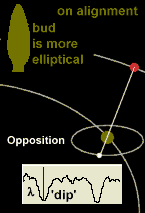
Illustrating Alignment of Earth, Moon and Mars, and
the corresponding change of bud form (none of it in the least to scale!)
animation
![]()
![]()
![]()
* λ is the " Shape Parameter", controlling the "sharpness" of the bud's apex relative to the "bluntness" of the bud's base.
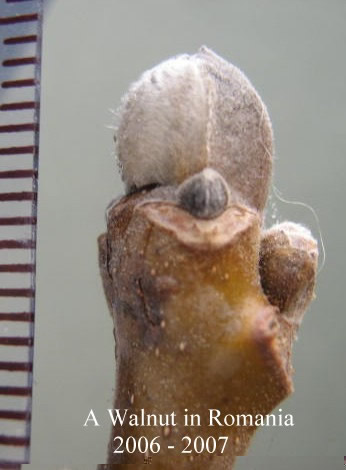

![Nick Thomas [Click] NickT](images/a_Nick_Small.jpg)